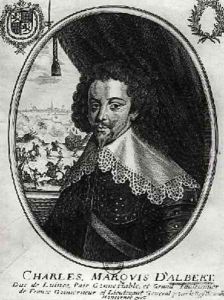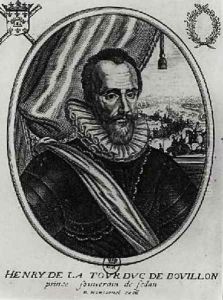Balthazar Moncornet Paintings
Balthazar Moncornet was a prominent French engraver, publisher, and print seller active during the 17th century. Born in 1600, Moncornet's work and influence spanned the intricate world of art and culture in France, during a period marked by significant social, political, and artistic developments. His contributions to the field of engraving and printmaking are noted for their detail, creativity, and the wide range of subjects he covered, from portraits to scenes of daily life, as well as religious and mythological themes.
Moncornet established himself in Paris, where he became well-known for his engravings and for operating a successful print shop. His shop became a center for the production and dissemination of prints, serving not only as a place of business but also as a gathering spot for artists, collectors, and the general public interested in the latest trends in art and illustration. Moncornet's work was characterized by its fine craftsmanship and the ability to capture the essence of his subjects, making his prints highly sought after by collectors during his lifetime and in the centuries that followed.
Throughout his career, Moncornet produced a vast number of engravings, many of which were based on the works of contemporary and earlier artists. He had the ability to adapt and reinterpret these works in a way that was uniquely his own, contributing to the spread of artistic styles and ideas across Europe. His portraits, in particular, are of significant historical value, offering insights into the appearances and personalities of many key figures of his time.
Moncornet's legacy is not only in the prints that he created but also in his role in the broader cultural and artistic practices of the 17th century. He was part of a network of artists, publishers, and patrons that supported the flourishing of the arts in France, contributing to the rich cultural heritage of the period. Despite facing the challenges of the political and religious upheavals of his time, Moncornet's work remained influential and respected. He passed away in 1668, leaving behind a body of work that continues to be studied and admired for its artistic quality and historical significance.

